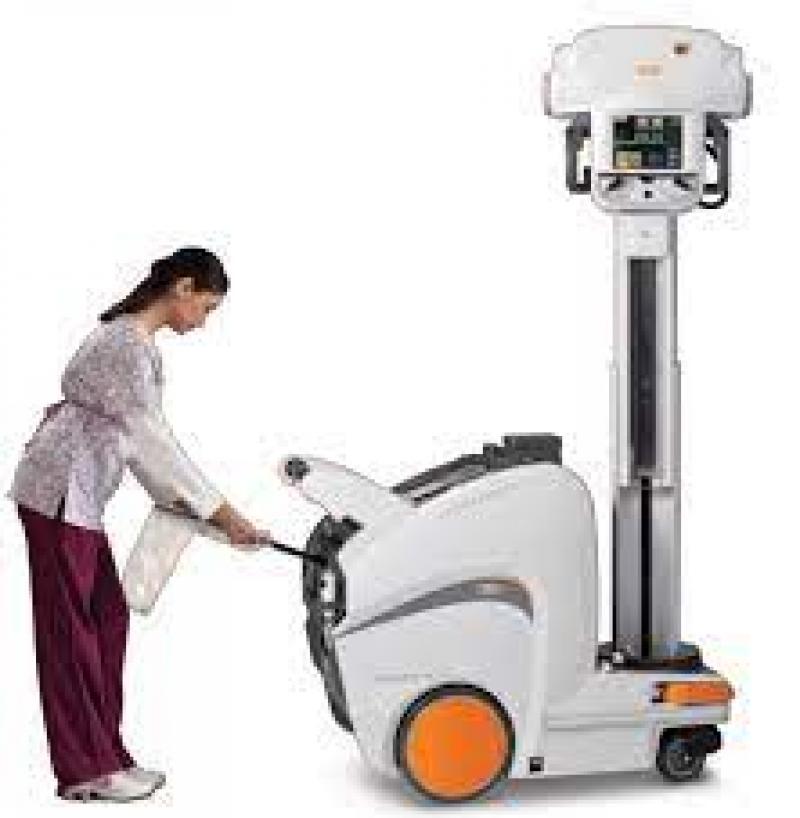Introduction
The field of medical imaging has witnessed tremendous progress over the years, and one area that has shown remarkable advancements is portable X-ray devices. These innovative devices have revolutionized the way healthcare professionals diagnose and treat patients, especially in point-of-care settings. Portable X-ray machines provide the convenience of on-the-spot imaging, allowing for quicker decision-making, reduced patient movement, and improved overall patient outcomes. In this article, we will explore the recent advancements in portable X-ray devices and how they are empowering point-of-care diagnostics.
Compact Design and Mobility
One of the most significant advancements in portable X-ray devices is the miniaturization of the technology. Modern portable X-ray machines are now much smaller and lighter than their predecessors, making them highly convenient and easy to transport. This enhanced mobility allows healthcare professionals to bring the X-ray equipment directly to the patient's bedside, emergency situations, or remote locations, where traditional X-ray machines may not be accessible. This capability has proven to be crucial in critical care scenarios, sports medicine, and disaster relief efforts.
Enhanced Image Quality and Resolution
As technology has evolved, so has the image quality and resolution of portable X-ray devices. Recent advancements in digital imaging sensors and processing algorithms have resulted in clearer, higher-resolution images, enabling healthcare professionals to detect subtle abnormalities and make more accurate diagnoses. The improved image quality has also led to a reduction in the need for retakes, saving time and minimizing patient exposure to radiation.
Wireless Connectivity and Cloud Storage
Many modern portable X-ray devices now come equipped with wireless connectivity options. This feature allows seamless integration with hospital information systems and electronic health records, facilitating efficient data sharing and retrieval. Radiologists and other specialists can review the X-ray images remotely, enabling timely consultations and collaborative decision-making, even if they are not physically present at the patient's location. Moreover, the use of cloud storage for X-ray images ensures secure data backup, accessibility from various devices, and archiving for long-term reference.
Dose Reduction and Radiation Safety
Concerns regarding radiation exposure have always been a significant consideration in medical imaging. Advancements in portable X-ray devices have addressed these concerns through dose reduction technologies. Newer devices utilize sophisticated techniques like pulsed X-ray emission, dose modulation, and automatic exposure control to tailor radiation doses to the specific patient and imaging requirements. This not only ensures patient safety but also enhances the overall cost-effectiveness of portable X-ray examinations.
Artificial Intelligence Integration
The integration of artificial intelligence (AI) with portable X-ray devices has opened up exciting possibilities in point-of-care diagnostics. AI algorithms can assist healthcare professionals in detecting and analyzing abnormalities in X-ray images, providing real-time insights and decision support. AI-powered portable X-ray devices can help identify fractures, lung diseases, cardiac conditions, and other pathologies, thus speeding up the diagnostic process and enabling early intervention.
Point-of-Care Ultrasound Combination
Some of the latest advancements have seen the convergence of portable X-ray devices with point-of-care ultrasound (POCUS) technology. This integrated approach allows healthcare professionals to use both imaging modalities in a complementary manner, providing a more comprehensive view of the patient's condition. The combination of X-ray and ultrasound capabilities in a single portable device expands diagnostic capabilities and enhances the versatility of point-of-care imaging.
Conclusion
Advancements in portable X-ray devices have undeniably transformed point-of-care diagnostics, enabling healthcare professionals to provide faster, more accurate, and efficient care. With compact design, enhanced image quality, wireless connectivity, radiation safety, AI integration, and the incorporation of POCUS capabilities, these devices are empowering healthcare professionals to make critical decisions at the patient's bedside. As technology continues to evolve, we can expect further breakthroughs in portable X-ray devices, ultimately improving patient outcomes and healthcare delivery as a whole
